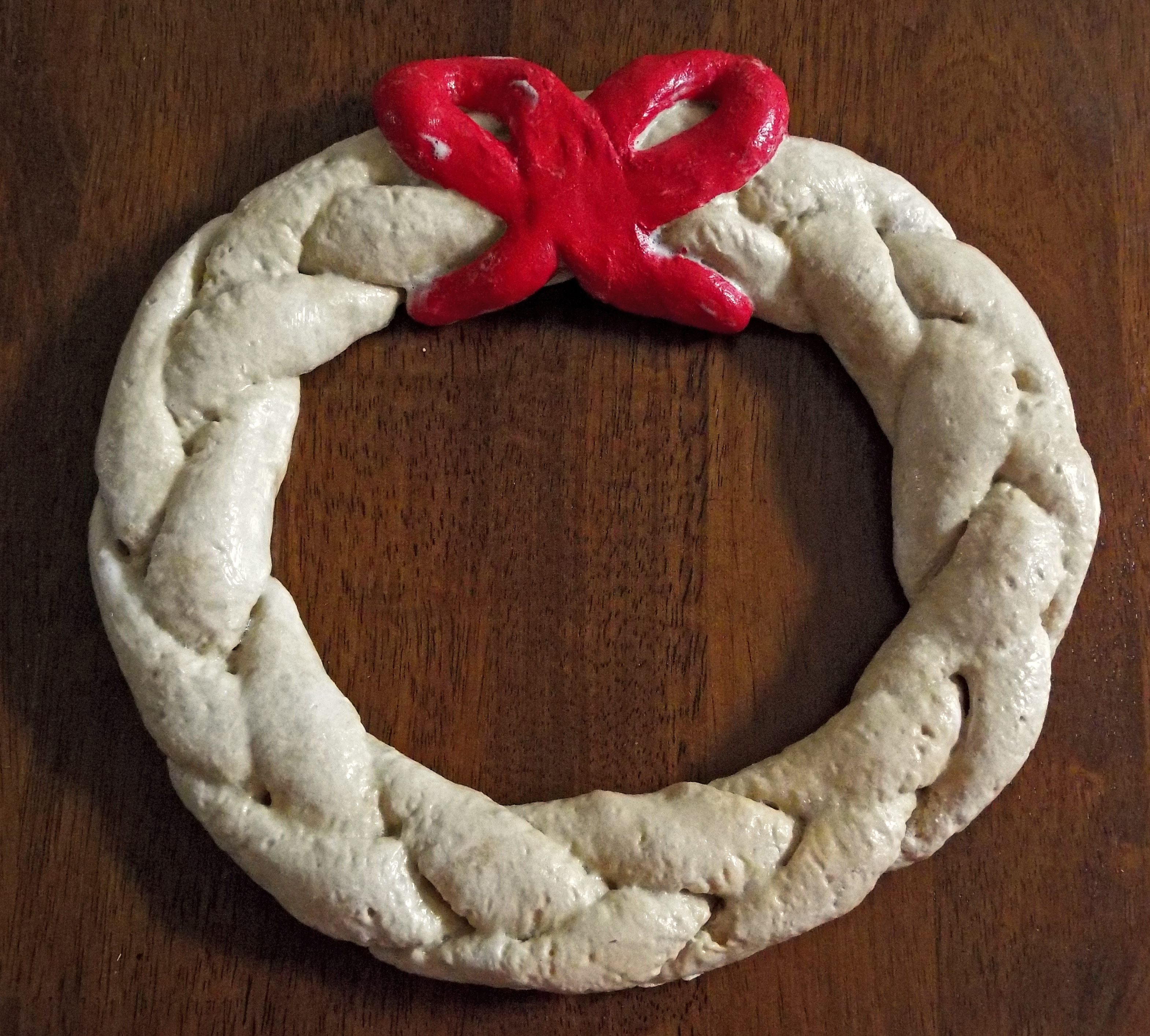Salt Dough on:
[Wikipedia]
[Google]
[Amazon]
 Salt dough is a modelling material, made of
Salt dough is a modelling material, made of
 Salt dough is a modelling material, made of
Salt dough is a modelling material, made of flour
Flour is a powder made by Mill (grinding), grinding raw grains, List of root vegetables, roots, beans, Nut (fruit), nuts, or seeds. Flours are used to make many different foods. Cereal flour, particularly wheat flour, is the main ingredie ...
, salt
In common usage, salt is a mineral composed primarily of sodium chloride (NaCl). When used in food, especially in granulated form, it is more formally called table salt. In the form of a natural crystalline mineral, salt is also known as r ...
, and water
Water is an inorganic compound with the chemical formula . It is a transparent, tasteless, odorless, and Color of water, nearly colorless chemical substance. It is the main constituent of Earth's hydrosphere and the fluids of all known liv ...
. It can be used to make ornaments and sculpture
Sculpture is the branch of the visual arts that operates in three dimensions. Sculpture is the three-dimensional art work which is physically presented in the dimensions of height, width and depth. It is one of the plastic arts. Durable sc ...
s, and can be dried in conventional and microwave ovens. It can be sealed with varnish
Varnish is a clear Transparency (optics), transparent hard protective coating or film. It is not to be confused with wood stain. It usually has a yellowish shade due to the manufacturing process and materials used, but it may also be pigmente ...
or polyurethane
Polyurethane (; often abbreviated PUR and PU) is a class of polymers composed of organic chemistry, organic units joined by carbamate (urethane) links. In contrast to other common polymers such as polyethylene and polystyrene, polyurethane term ...
; painted with acrylic paint
Acrylic paint is a fast-drying paint made of pigment suspended in acrylic polymer emulsion and plasticizers, silicone oils, defoamers, stabilizers, or metal soaps. Most acrylic paints are water-based, but become water-resistant when dry. Dep ...
; and stained with food colouring
Food coloring, color additive or colorant is any dye, pigment, or substance that imparts color when it is added to food or beverages. Colorants can be supplied as liquids, powders, gels, or pastes. Food coloring is commonly used in commercial ...
, natural colouring, or paint mixed with the flour or water.
Properly mixed salt dough does not crumble or crack. It is dense and hence heavy, which can cause problems in making large pieces. It can be moulded by hand, without special tools or fixtures, and does not stain hands. Complex sculptures can be made with basic tools.
Salt dough sculptures range from such simple shapes as those of apples, leaves, and mushrooms to more intricate ones, such as trees and animals. It is often used to make Christmas decorations, gifts, and souvenirs. It is used in spring rituals in Eastern Europe and sometimes for weddings and winter rituals.
Ingesting salt dough can cause salt poisoning
Salt poisoning is an intoxication resulting from the excessive intake of sodium (usually as sodium chloride) either in solid form or in solution (saline water, including brine, brackish water, or seawater). Salt poisoning sufficient to produce s ...
in pets.
See also
*Clay
Clay is a type of fine-grained natural soil material containing clay minerals (hydrous aluminium phyllosilicates, e.g. kaolinite, ). Most pure clay minerals are white or light-coloured, but natural clays show a variety of colours from impuriti ...
* Modeling clay
A model is an informative representation of an object, person, or system. The term originally denoted the plans of a building in late 16th-century English, and derived via French and Italian ultimately from Latin , .
Models can be divided into ...
* Plasticine
Plasticine is a putty-like modelling material made from calcium salts, petroleum jelly and aliphatic acids. Though originally a brand name for the British version of the product, it is now applied generically in English as a product category ...
* Play-Doh
Play-Doh, also known as Play-Dough, is a modeling compound for young children to make arts and crafts projects. The product was first manufactured in Cincinnati, Ohio, United States, as a wallpaper cleaner in the 1930s. Play-Doh was then rewor ...
References
Modelling clay Flour Edible salt {{material-stub